Establishing a due diligence process to vet potential donors is critical to avoiding reputational damage and staving off financial risks to your organization. Accepting donations from unscrupulous donors can lead to wider donor fallout and associated PR/legal fees.
Nonprofit organizations and educational institutions are facing heightened consequences to accepting funding that is, at best, counterintuitive to their mission. The stringent due diligence practices seen across the financial services industry to comply with regulatory standards are increasingly being adopted by nonprofit fundraising teams to protect their organization from financial and reputational threats.
Seasoned prospect researchers will recognize overt “red flags” that are barriers to accepting gifts from potential donors, such as highly publicized links to terrorism and corruption scandals. But as “red flag” categories broaden, it is becoming more subtle and difficult to spot a potential pitfall. As a result, the workflows associated with incorporating effective due diligence practices into the donor prospecting lifecycle are evolving with new complexities.
This guide highlights several best practices to help nonprofit and higher education organizations respond to these new risks by incorporating due diligence in their prospect development strategy. Starting with a review of the current landscape, the guide continues with strategies for implementing new processes within current due diligence workflows, and tips for how and when to partner with a third-party resource to these ends.
